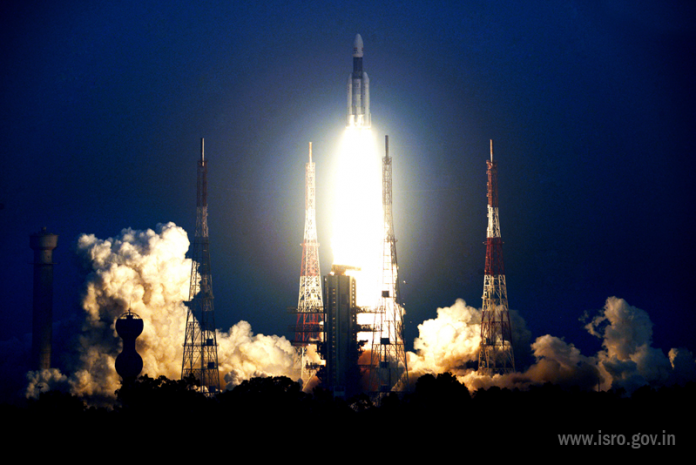The Indian Data Relay Satellite System (IDRSS) will be the nation’s very own, continuous space transmission system to astronauts.
The Indian Space Research Organisation (ISRO) has published that it tries to launch its satellite partners for space communication purposes, called the Indian Data Relay Satellite System (IDRSS).
Quoting ISRO chief Dr. K Sivan, a statement by The Hindu states that IDRSS is previously being operated on and will be crucial in managing communication with the astronaut crew and ground mission command at any provided point, when manned space missions.
India is set to embark upon its first-ever manned space mission including Gaganyaan in 2022, and Sivan has declared that IDRSS will be compelling to the mission.
The two satellites, which will be disposed of in phases, are previously doing run on by ISRO.
According to sources, the first of the two satellites will be started into low-Earth orbit at the end of 2020, leading off the unmanned Gaganyaan test flight that will additionally carry a humanoid dummy onboard, laden with sensors.
The second satellite will be launched in 2021 before the manned mission is begun upon in 2022.
Sivan stated on this topic that while IDRSS will be a critical element of Gaganyaan, he ideally wants this first of the two satellites deployed and running leading of also the first trials, to have lots of experiment spaceflight time — something that is equal parts critical and time-consuming.
India is not an anomaly in fixing up its space travel communication system. The USA now owns a three-satellite communication fleet in space, identified as Tracking and Data Relay Satellites (TDRS).
Russia, another space major, previously has a 10-satellite communication system, recognized as Satellite Data Relay Network (SDRN).
The European Space Agency (ESA) also has the European Data Relay System (EDRS), while China too manages its Tianlian space communications infrastructure. With IDRSS, India will join the elite company as it follows the unexplored limit in the years to come.
IDRSS will be important in the permanent monitoring of India’s spaceflights, which will be especially valuable to do with Gaganyaan since it will affect human life onboard.
The only choice is to arrange up ground controller stations all beyond the Earth, but even that happens with substantial obstacles and roadblocks.
The satellite communications setup, while, will help ISRO’s ground control room to regularly watch the space team and communicate with them at each given point of time and can be managed in both low orbit missions and more faraway missions such as those to the moon, Mars and beyond.




